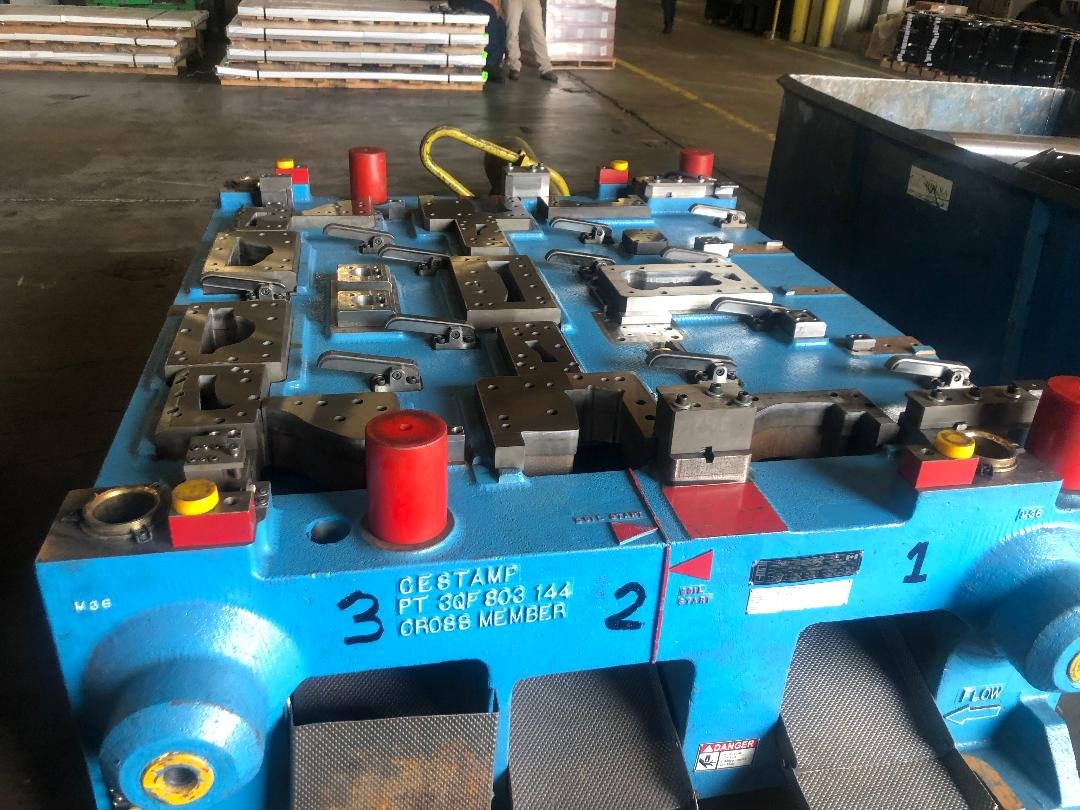
Everything You Need to Know About Metal Stamping
From hobby to industrial, metal stamping is a process that anyone can use to create amazing products. This process involves taking a piece of metal and using a die to stamp out a shape or design. It's a simple process that can be done with hand tools or with industrial machinery.
There are many benefits to metal stamping, including the fact that it's a very versatile process that can be used to create a wide variety of products. It's also a very cost-effective way to produce metal parts, and it can be used to create both prototype and production parts.
If you're thinking about using metal stamping to create some amazing products, you need to know how the process works.
What is Metal Stamping?
Metal stamping is a process that involves taking a piece of metal and using a die to stamp out a shape or design. The metal is placed on a die, and then a hammer or press is used to stamp the shape into the metal.
This process can be done by hand, but it's usually done with industrial machinery. Metal stamping is a very versatile process that can be used to create a wide variety of products. It's also a very cost-effective way to produce metal parts, and it can be used to create both prototype and production parts.
Let's take a look at the steps involved in metal stamping:
-
Blanking
The first step in metal stamping is blanking. This is the process of cutting a piece of metal into the desired shape. The metal is placed on a die, and then a cutting tool is used to cut the metal to the desired shape.
-
Piercing
In the metal stamping process, piercing is generally performed at the same time as blanking. All that is required is for the punch and die to have the appropriate shapes cut out of them. Piercing can be used to create slots, holes, or any other type of cutout in the finished part.
-
Bending
After the metal has been cut to the desired shape, it can then be bent to create the final shape of the part. Bending is performed by placing the metal on a die and then using a press or hammer to bend it to the desired shape.
-
Drawing
Drawing is the process of pulling a piece of metal through a die to create a three-dimensional shape. The size of the die opening will determine the depth of the final product. It is considered a shallow drawing if the depth is less than the primary opening. Anything greater than that is considered deep-drawn.
-
Bottoming and Coining
This process is used to create very precise shapes in the metal. The metal is placed on a die, and then a punch is used to push the metal into the die. This process can be used to create very shallow or very deep shapes in the metal.
-
Flanging
Flanging is the process of creating a flange on a piece of metal. A flange is a raised edge that is used to strengthen or seal a joint. The metal is placed on a die, and then a punch is used to create the flange.
Types of Metal Stamping
-
Progressive Die Stamping
Progressive die stamping is a type of metal stamping that uses a progressive die. A progressive die is a special type of die that has multiple stations. Each station performs a different operation, and the part is progressively formed as it moves through the die.
This type of metal stamping is very efficient and can be used to create very complex parts. It's also capable of producing large quantities of parts very quickly.
-
Deep Draw Stamping
Deep draw stamping is a type of metal stamping that is used to create parts with deep cavities. The process begins with a flat piece of metal, and the metal is drawn through a die to form the desired shape.
This type of metal stamping is very versatile and can be used to create a wide variety of shapes. It's also capable of producing parts with very tight tolerances.
-
Fourslide Stamping
Description Fourslide stamping is a type of metal stamping that uses four slides to create the desired shape. The four slides are arranged in a square, and they work together to form the metal into the desired shape.
This type of metal stamping is very versatile and can be used to create a wide variety of shapes. It's also capable of producing parts with very tight tolerances.
Conclusion
Metal stamping can have many benefits over other types of manufacturing processes. It can be used to create complex parts quickly and efficiently.
It's also a very versatile process that can be used to create a wide variety of parts.
If you're looking for a precise, fast, and cost-effective way to produce metal parts, metal stamping may be the right solution for you.
